Natural History Illustration: Drawing is Vital
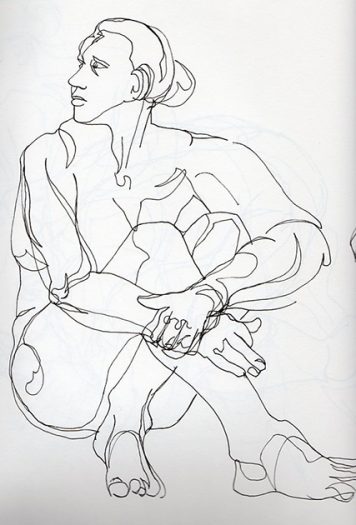
It might seem self-evident that being a natural history and botanical illustrator involves a lot of drawing, but I don’t think the importance of this can be stressed too much.
A lot of my work involves creating detailed illustrations of plants and animals, carefully done and accurately noted. This is part of the job, but without basic drawing skills I wouldn’t be able to begin these botanical and anatomical illustrations.

Illustration of Lilac Syringa vulgaris from The Garden Forager by Adele Nozedar
Gesture Drawing
One of the main drawing skills is being able to record what you see fast, and to really get the “feel” of what you’re looking at. This is sometimes referred to as “gesture drawing”, and I find it a liberating and wonderfully difficult excersize. In fact, most of the drawing I do in my sketchbooks falls into this category – a few stolen minutes to hurl down what I see onto the page.

Honeysuckle sketchbook drawing
Continual line
I tend to spend most of the time staring at the subject, not the page, and often use continual line (not picking the pen up from the page as I draw) to travel from one part of the subject to another.

TV in the lounge sketch
Although I use whatever’s to hand, I like using pen more than pencil for these drawings, it removes the temptation to rub out or try to perfect a drawing. I’m aware of very little as I draw like this, and certainly there’s no interest in what the end product looks like. Sometimes the drawings are ok, frequently they’re not. This isn’t what matters; the point of sketching, of doing gesture drawings is to keep training yourself to look and to record what you see. It’s the process that’s important, not the results.
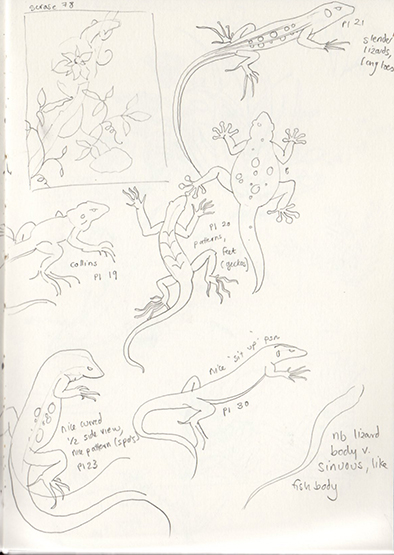
Lizard sketches from photo reference (pencil)
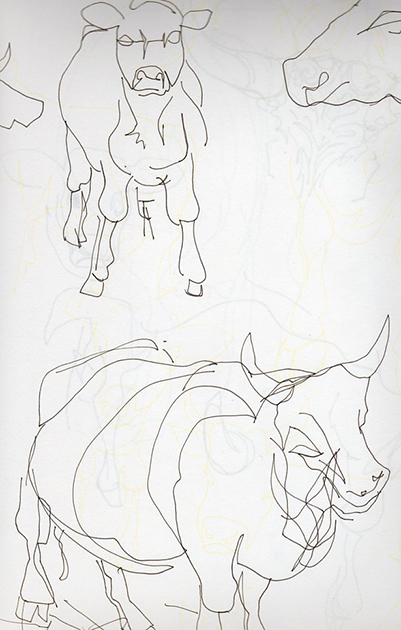
Cow sketches (pen)
Life drawing
I also think it’s very important to draw subjects not necessarily related to your area of interest. I doubt I’ll ever be commissioned to illustrate a nude (and would bottle it if I was!), but doing quick gesture drawings of the human form at life-drawing class is exacting, enjoyable, and helps keep my drawing skills fresh.
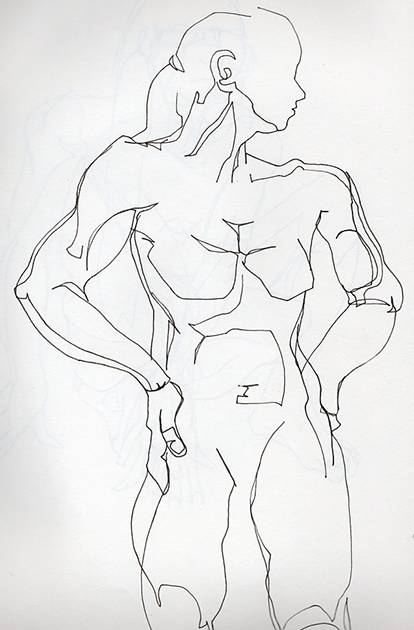
Life drawing study
In fact, since having to stop going to life-drawing because of my work-load. I’m surprised at how much I miss this chance to draw so freely.
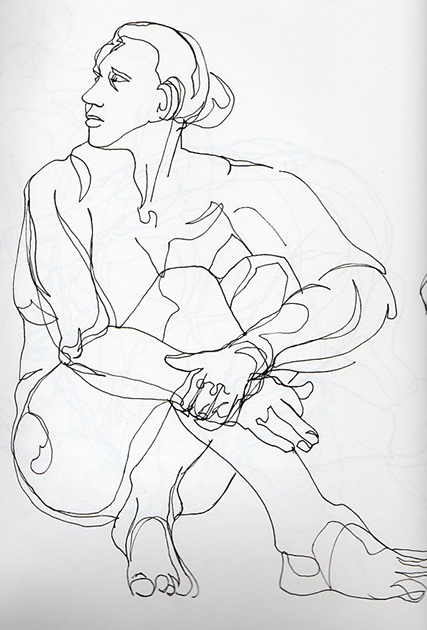
Life drawing study
Drawing at a concert
Last weekend I went to a concert, conducted by my elderly neighbour Mr. Babbs at the local church. I’d failed to bring any paper, but seeing the visual mix of instruments and the human form made it necessary for me to draw and record the concert. I used the programme.

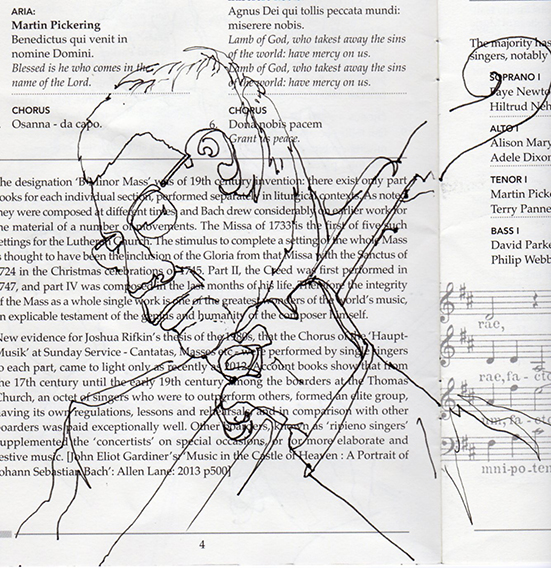
Pen and ink sketches of Concert in Hay-on-Wye
The reason I mention this is that it ties in with my point that the drawings themselves aren’t what matter here, it’s the act of looking and recording, feeling what you see, trying to catch the motion and the fluidity of movement.
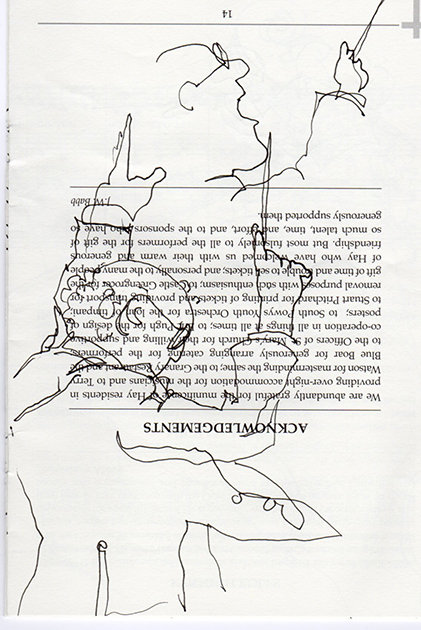
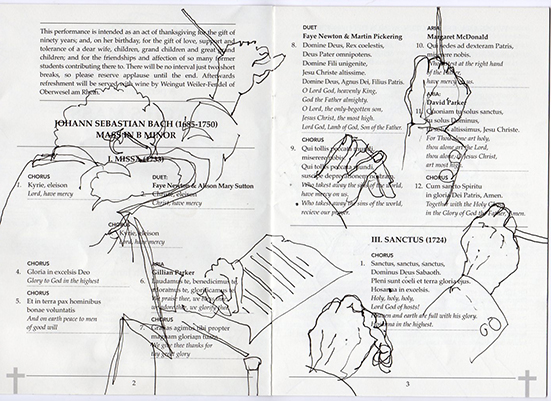
Sketches of Mr Babbs conducting
Conclusion
Without the practice of looking and drawing like this, recording what I see, free from any interest in the end product; I feel my botanical and natural science illustrations would be far poorer and I’d be unable to add movement to them, or to feel my way around a leaf or a feather as confidently.
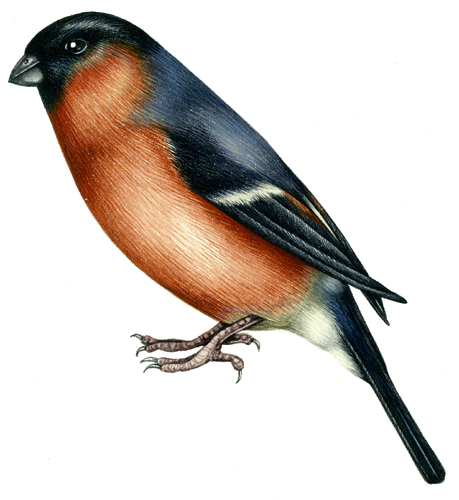
Bullfinch finished illustration Pyrrhula pyrrhula
There are many different drawing techniques that are worth pursuing. Some are recording negative space, blind-contour drawing and continual line drawing. Many of these are discussed and explained in the brilliant “Drawing on the Right Side of the Brain” by Betty Edwards. The main point is to do it. Draw whatever you see whenever you feel like it. Keep your eyes and your skills fresh and supple. Don’t even think about what the result will be. Just do it. You’ll be very glad that you do.

